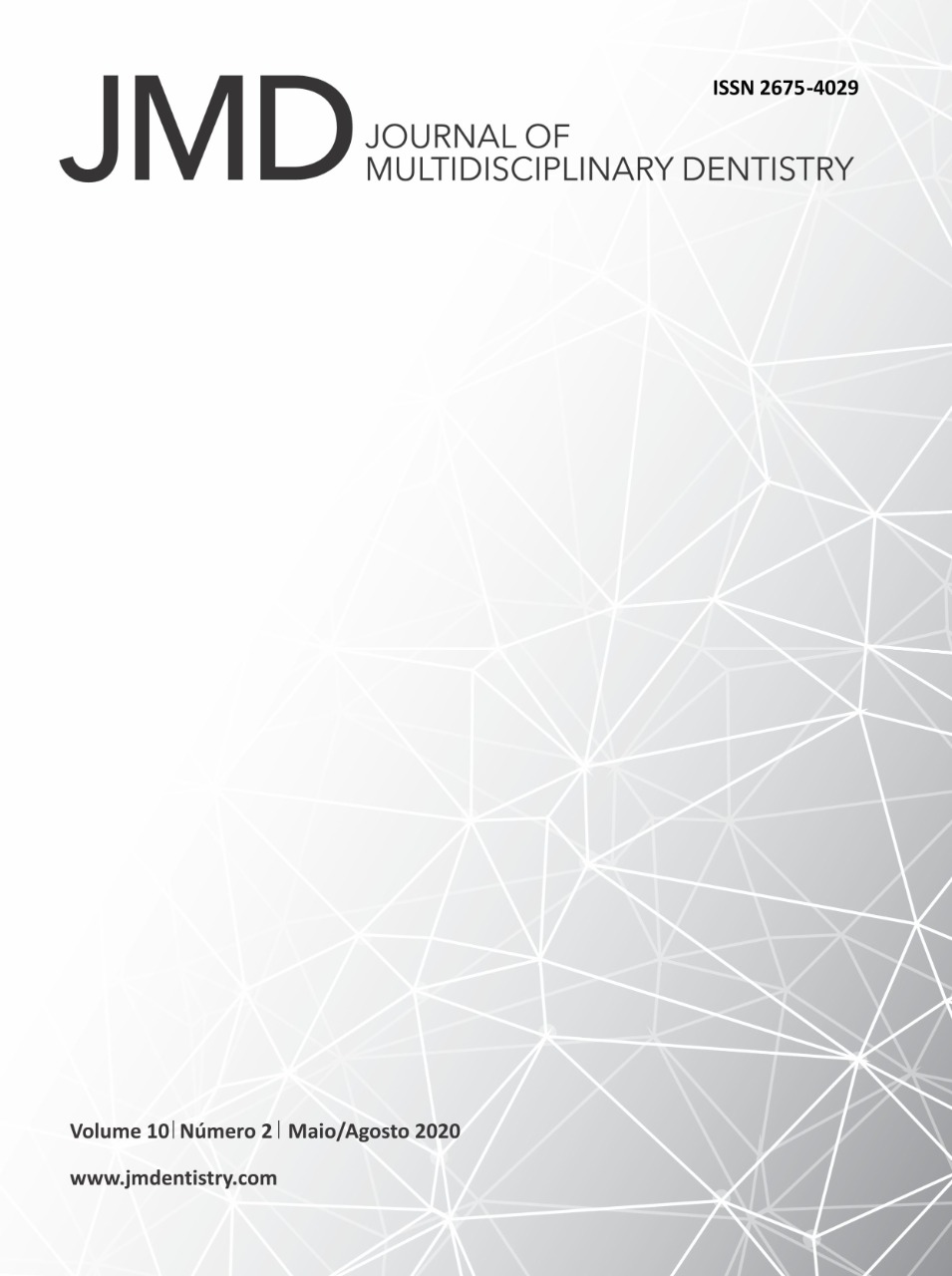Short and extra-short unitary implants in the maxilla as an alternative for bone grafts: literature review and clinical case reports with follow-up from 36 to 50 months
DOI:
https://doi.org/10.46875/jmd.v10i2.276Keywords:
Dental implants, Osseointegration, Bone regenerationAbstract
This study aimed to review the literature and report two clinical cases performed in the posterior region of the maxilla with limited bone heights using short and extra-short unitary implants as alternatives to graft surgeries to elevate the maxillary sinus floor and accompanied by a period of 36 to 50 months. The rehabilitation plan included the installation of implants with hybrid macrogeometry, healing chamber and nanoactivated surface to compensate for the height limitation and low bone density present in the posterior region of the maxilla. Unit prosthetic rehabilitations were transmitted through early loading (90 days after implant placement) and there were no surgical or prosthetic complications during the follow-up period. Within the study limits, it can be observed that short or extra-short implants used in single cases can be a simpler treatment alternative, with less surgical morbidity and shorter overall treatment time when compared to treatments performed with bone reconstructions.


